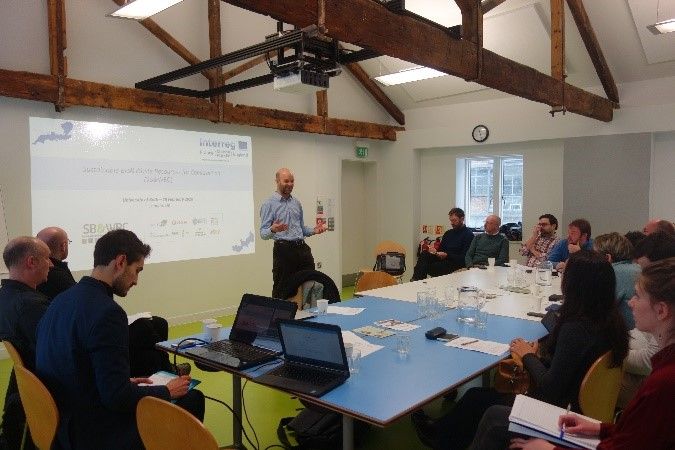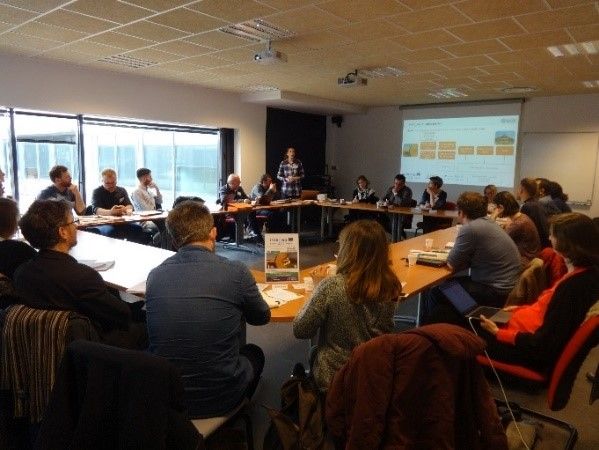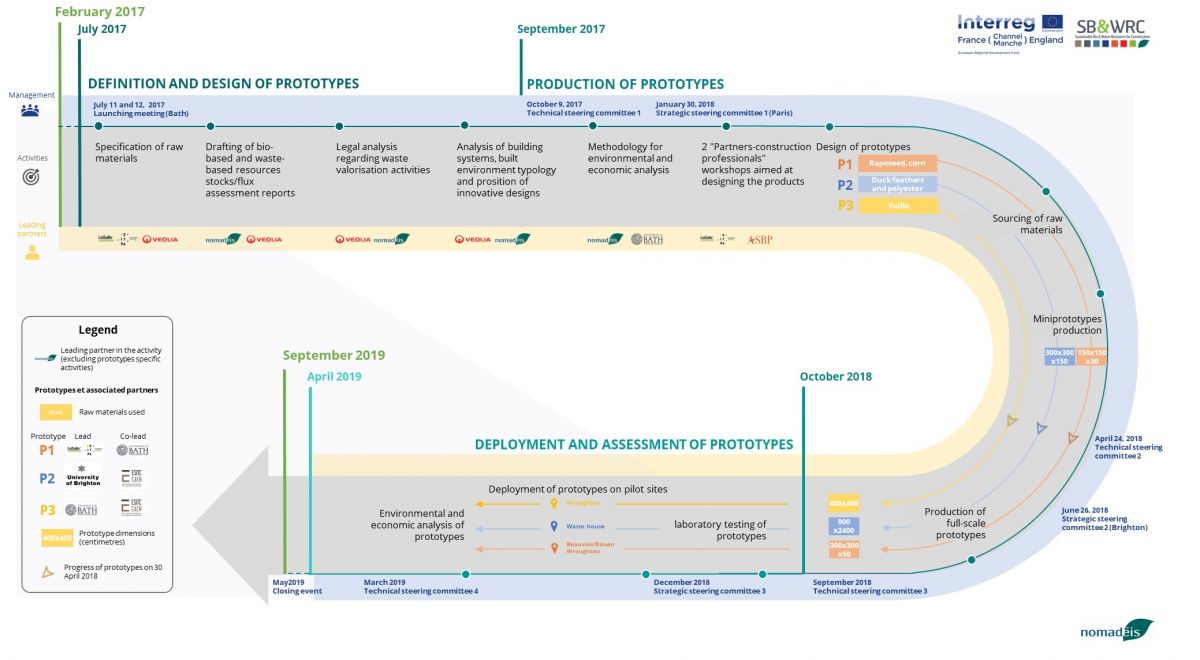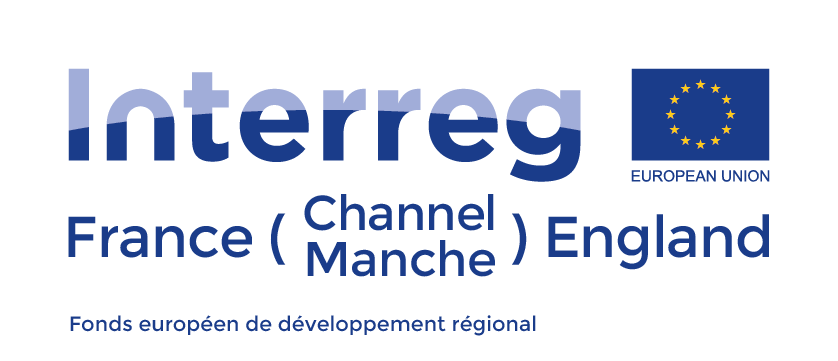Update on the SB&WRC project: what are the next steps?
Create a subpage- Sylvain Bosquet
- /
- the 10-07-2018
- / 1493
The SB&WRC project is supported by the European program Interreg VA France (Channel) England and receives financial support from the ERDF.
Based on the lessons of the technical and legal analyses conducted during the first half of the SB&WRC project, the partners have now entered the operational phase of design and production of the three thermal insulation prototypes. To launch this design work, the partners invited sustainable building professionals (architects, researchers, SMEs of bio-sourced materials) to discuss the characteristics to be given to the prototypes, during two workshops organized in London (by the ASBP on February 28) and Rouen (by UniLaSalle on March 13).
 |
 |
|
Design workshop #1 London – February 28th, 2018 |
Design workshop #2 Rouen – March 13th, 2018 |
These two events enabled the partners to present their intentions regarding the design of the prototypes and to obtain feedback and technical recommendations from professionals such as:
- Product manufacturers and craftsmen specializing in the production of insulation from eco-materials (including sheep’s wool and straw);
- Architects and designer;
- Straw construction experts;
- Building/property developers;
- Distributors of bio-based materials;
- Representatives of associations implementing actions for the development of bio-sourced material sectors;
- Researchers specialising in the theme of sustainable building;
- Specialist consultants (lifecycle analysis of buildings, HQE approach);
- Community representatives subsidizing research and development projects in the building sector;
- Representatives of a non-food recovery cluster of agro-resources.
The partners gave a progress update on the development of the prototypes, particularly concerning the testing carried out for the specification of the raw materials and the reflection carried out on the sizing of the prototypes. The discussion between partners and invited professionals focused on:
- The supply of raw materials and its consideration in the life-cycle analysis of products, particularly with regard to waste (feathers and polyester) used in the design of one of the prototypes; more broadly, the choice of criteria taken into account for the environmental analysis of products was discussed;
- Taking into account the indoor air quality and related issues in the design of the prototypes;
- Defining the dimensions and final use for the produced prototype;
- The integration of the final prototypes in to the current market, including the communication strategy to be adopted to market materials made from waste sources.
The SB & WRC project is thus fully in its operational phase, and more precisely in the prototype development phase (semesters 2 and 3), preceding their deployment on pilot sites and their evaluation (semester 4).
For the production of prototypes 1 and 2, which results from a combination of different raw materials (agro-resources and waste), UniLaSalle (leader of prototype 1) and University of Brighton (co-leader of prototype 2) has designed several mini-prototypes to test the material properties and select those with the best characteristics (depending on their composition) for the production of the final prototype.
By the end of October 2018, after having carried out the testing which will allow the universities to refine the design of the prototypes (composition, flammability, density, water absorption, etc.), ESITC Caen, University of Bath and UniLaSalle will have developed their final prototype ready for on-site deployment.
The next project partner meeting, which will take place on June 26th in Brighton, will allow partners to visit the Waste House, which will be one of the prototype deployment sites.
The synoptic diagram below gives an overview of the different phases of the project concerning the definition, design, deployment and assessment of the prototypes more specifically:

